
Introduction
Coffee, one of the most beloved beverages worldwide, continues to grow in popularity, evolving with changing consumer preferences and trends. From bustling city cafes to quiet morning routines, coffee has become an integral part of daily life for millions. In this blog, we will explore the current trends in global coffee consumption, highlight the top coffee-consuming nations, and delve into per capita consumption statistics that reveal which countries truly have a coffee culture.
Global Coffee Consumption Trends
Steady Growth
Over the past few decades, global coffee consumption has been on a steady rise. This growth is driven by both traditional coffee-drinking regions and emerging markets where coffee is gaining popularity. According to recent estimates, the world consumes approximately 166.63 million 60-kilogram bags of coffee annually. This translates to over 10 billion kilograms of coffee each year, showcasing coffee’s enormous global demand.
Specialty Coffee and Premiumization
One of the significant trends driving coffee consumption today is the rising demand for specialty coffee. Consumers are becoming increasingly knowledgeable and discerning, seeking high-quality, ethically sourced beans. This includes a preference for single-origin coffees and various artisanal brewing methods. Specialty coffee shops, often referred to as part of the “third wave” coffee movement, are gaining popularity, emphasizing quality, sustainability, and a deep appreciation for the craft of coffee making.
Home Brewing and Convenience
The COVID-19 pandemic has notably accelerated the trend of home brewing. With more people working from home, there has been a surge in the purchase of coffee makers, grinders, and premium coffee beans. Despite this, coffee shops remain a crucial part of coffee culture, especially for those seeking specialty brews. Additionally, there is a growing market for ready-to-drink (RTD) coffee beverages, which cater to busy lifestyles. These include canned and bottled cold brews, particularly popular among younger consumers.
Top Coffee-Consuming Nations
Europe: The Coffee Powerhouse
Europe stands as the largest consumer of coffee, accounting for about 30-35% of the global coffee volume. Northern European countries, in particular, are renowned for their high coffee consumption. Finland leads the world with an average consumption of about 12 kilograms per person per year. Norway follows closely with approximately 9.9 kilograms per person per year, and other countries like Iceland, Denmark, and the Netherlands also consume around 8-9 kilograms per person per year.
United States: A Growing Coffee Culture
The United States, a significant player in the global coffee market, is known for its strong coffee culture. With a per capita consumption of about 4.2 kilograms per year, the U.S. sees a diverse range of coffee preferences, from traditional drip coffee to innovative cold brews and specialty drinks. The rise of coffeehouse chains like Starbucks has significantly influenced American coffee consumption patterns, making coffee an integral part of daily life.
Brazil: A Dual Role
Brazil stands out as both a major coffee producer and consumer. As the largest coffee producer globally, Brazil also has a thriving domestic market, with a preference for strong, bold coffee. Brazilian coffee consumption reflects a deep cultural appreciation for the beverage, with many enjoying coffee multiple times a day.
Emerging Markets and Regional Preferences
Asia: Rapid Growth
Asia is experiencing rapid growth in coffee consumption, particularly in countries like China, South Korea, and Japan. Traditionally tea-drinking cultures are increasingly embracing coffee, driven by a combination of Western influence and evolving consumer tastes. Instant coffee and canned coffee are particularly popular in these regions, offering convenience and a gateway to more specialty coffee options.
Africa: A Growing Appreciation
While tea remains dominant in many African countries, coffee consumption is on the rise, especially in urban areas. Ethiopia, the birthplace of coffee, has a deep-rooted coffee culture with traditional coffee ceremonies that celebrate the beverage’s heritage. Other African nations are also seeing increased coffee consumption, driven by urbanization and a growing middle class.
Per Capita Coffee Consumption
Leading the World: Finland and Norway
When it comes to per capita coffee consumption, Finland and Norway top the charts. The average Finn consumes about 12 kilograms of coffee per year, reflecting the country’s long-standing coffee culture. Norwegians follow with approximately 9.9 kilograms per person per year. This high consumption can be attributed to cultural habits, social practices, and the cold climate, which makes a hot cup of coffee particularly appealing.
Other Notable Countries
Iceland, Denmark, and the Netherlands also have high per capita coffee consumption, each averaging around 8-9 kilograms per person per year. These countries have rich coffee traditions and a strong preference for high-quality brews.
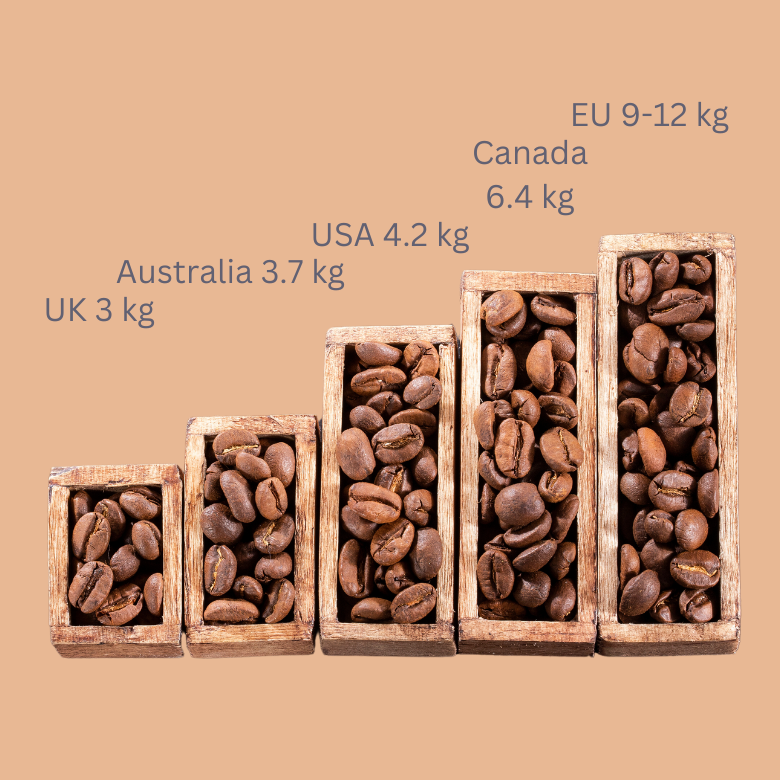
Conclusion
Coffee consumption continues to grow globally, driven by evolving consumer preferences, increasing demand for specialty coffee, and the expansion of coffee culture into emerging markets. Europe leads the world in both total and per capita consumption, with Finland and Norway standing out for their particularly high coffee intake. The United States and Brazil are also major players, each with unique coffee cultures. As the world’s love for coffee continues to expand, we can expect even more exciting trends and innovations in the coffee industry.
Whether you’re a casual coffee drinker or a passionate aficionado, the global coffee scene offers a rich and diverse tapestry of flavors, traditions, and experiences. So, next time you enjoy a cup of coffee, take a moment to appreciate the journey it has taken from the farm to your cup, connecting people and cultures across the globe.

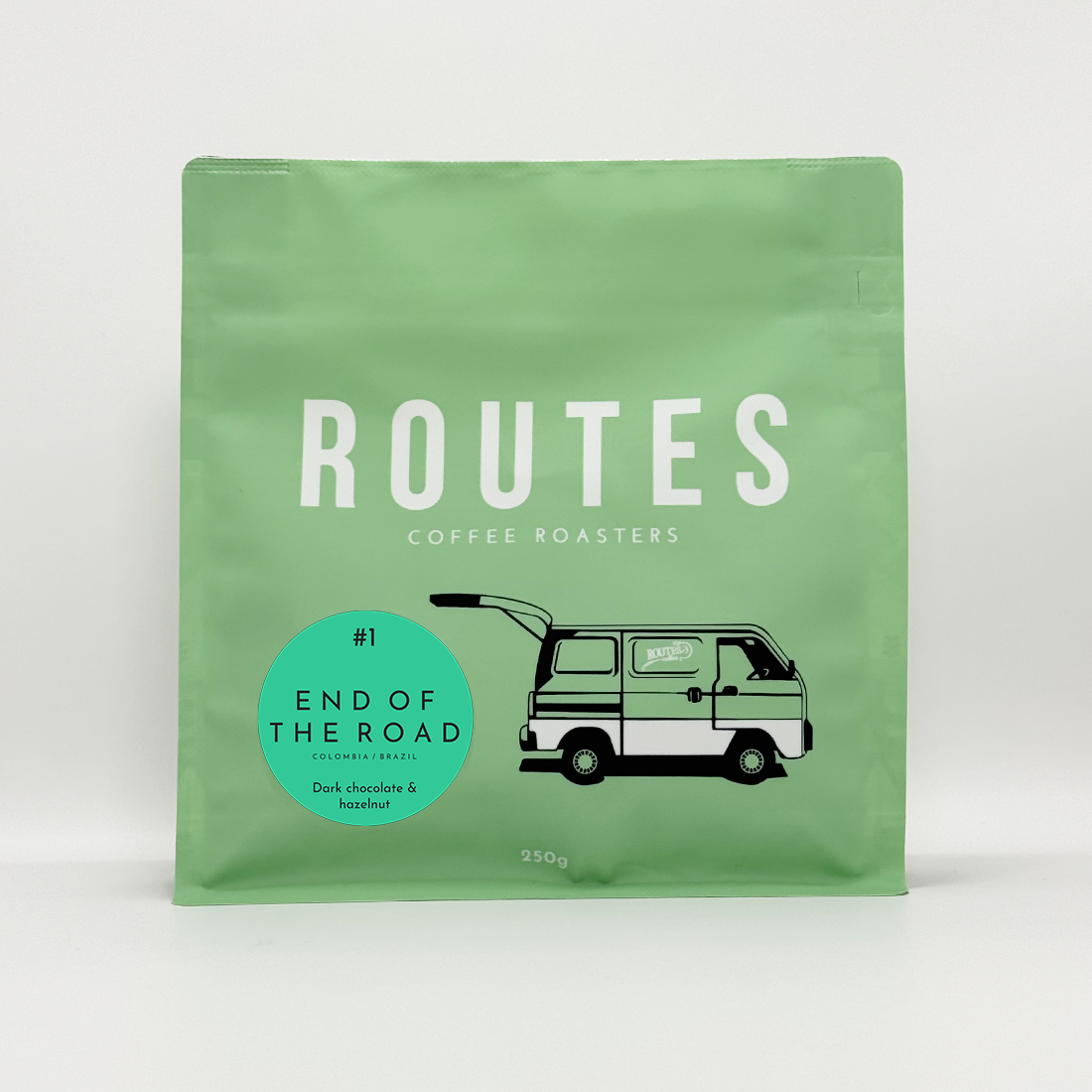
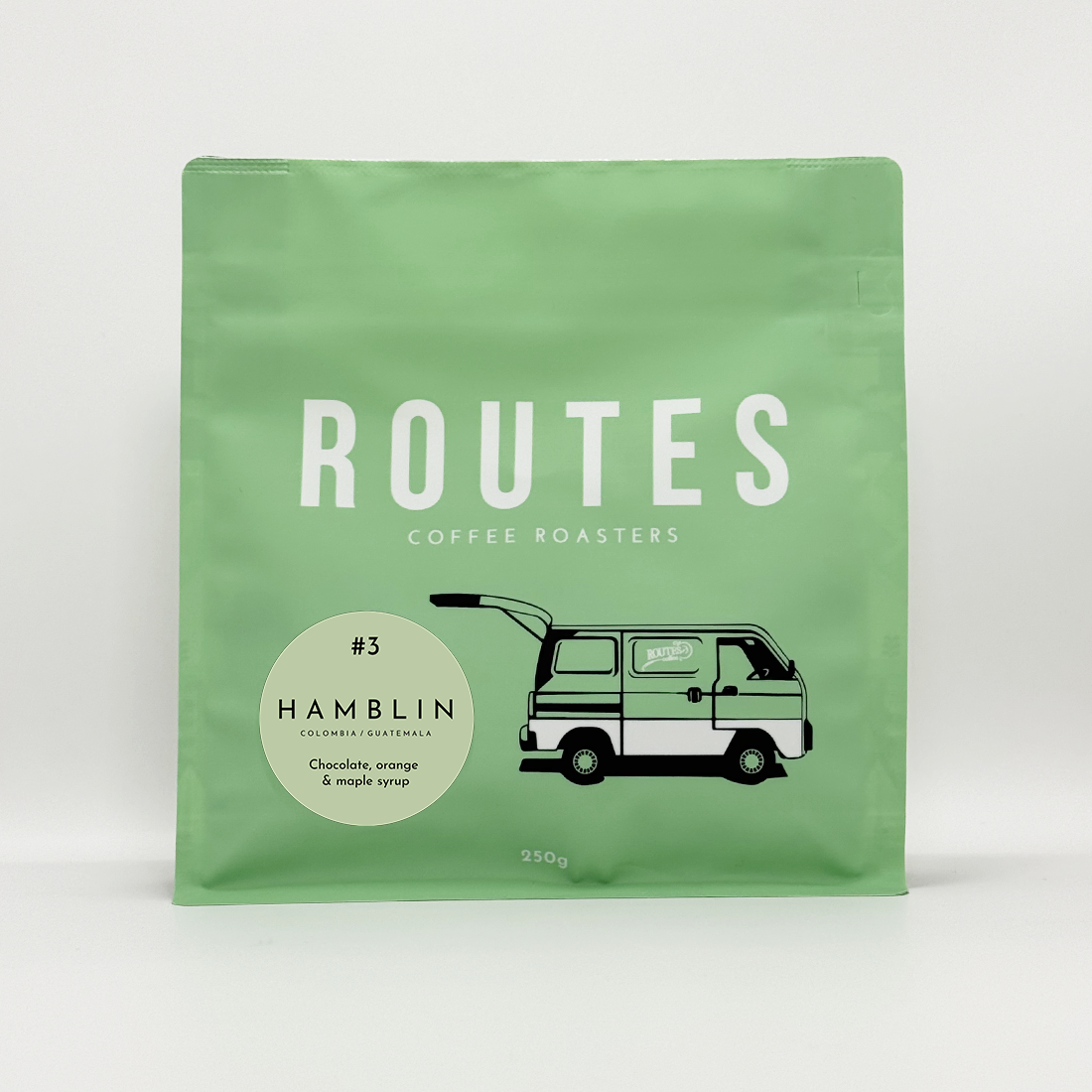
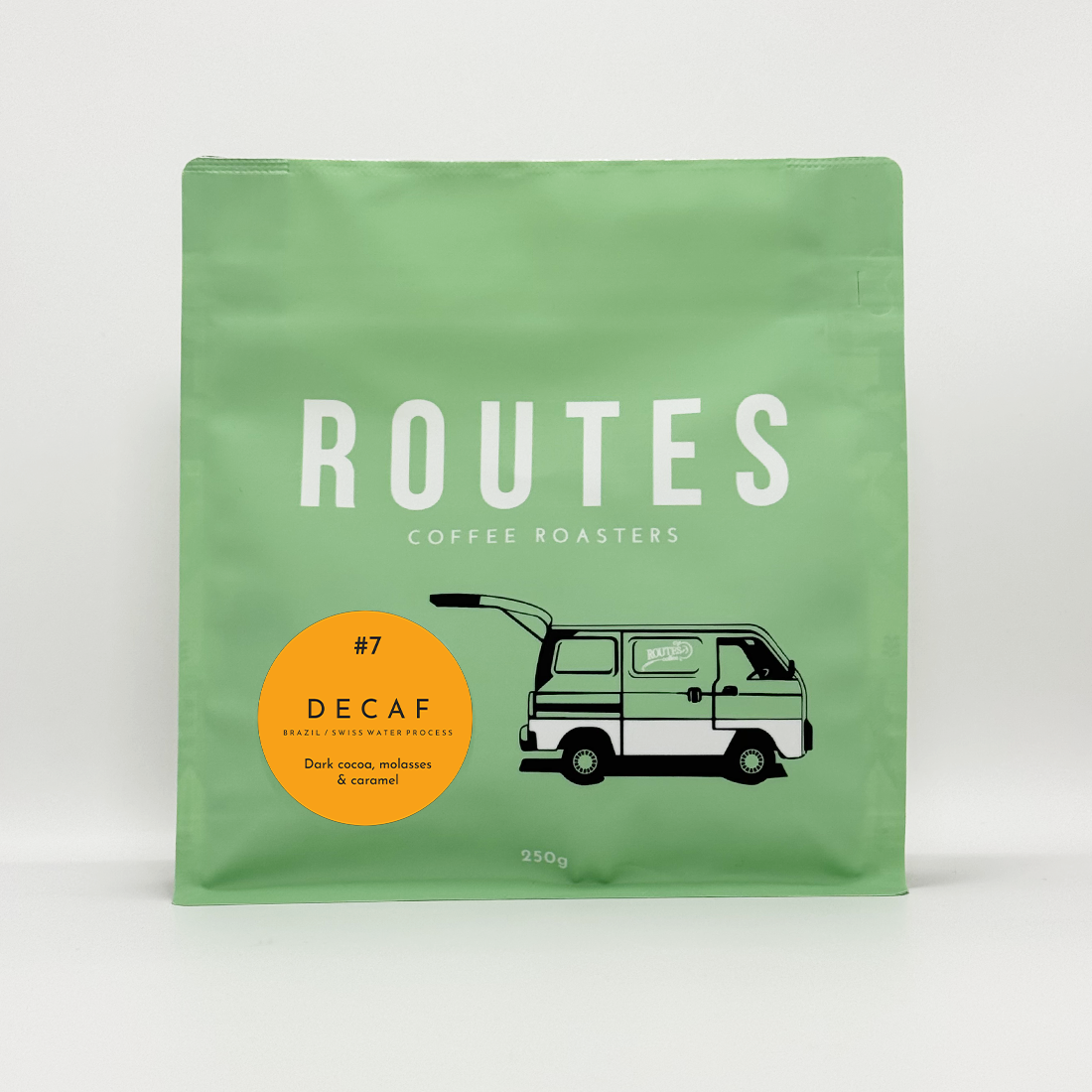

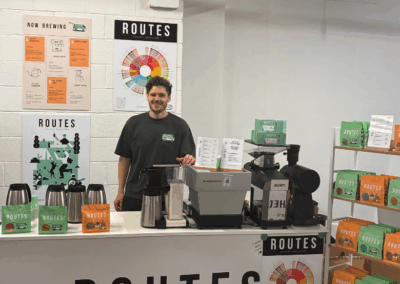
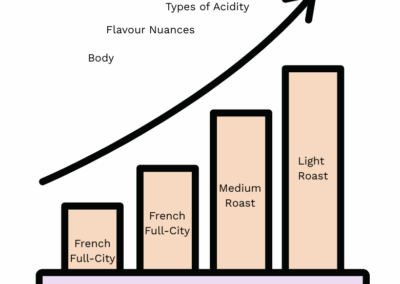

0 Comments